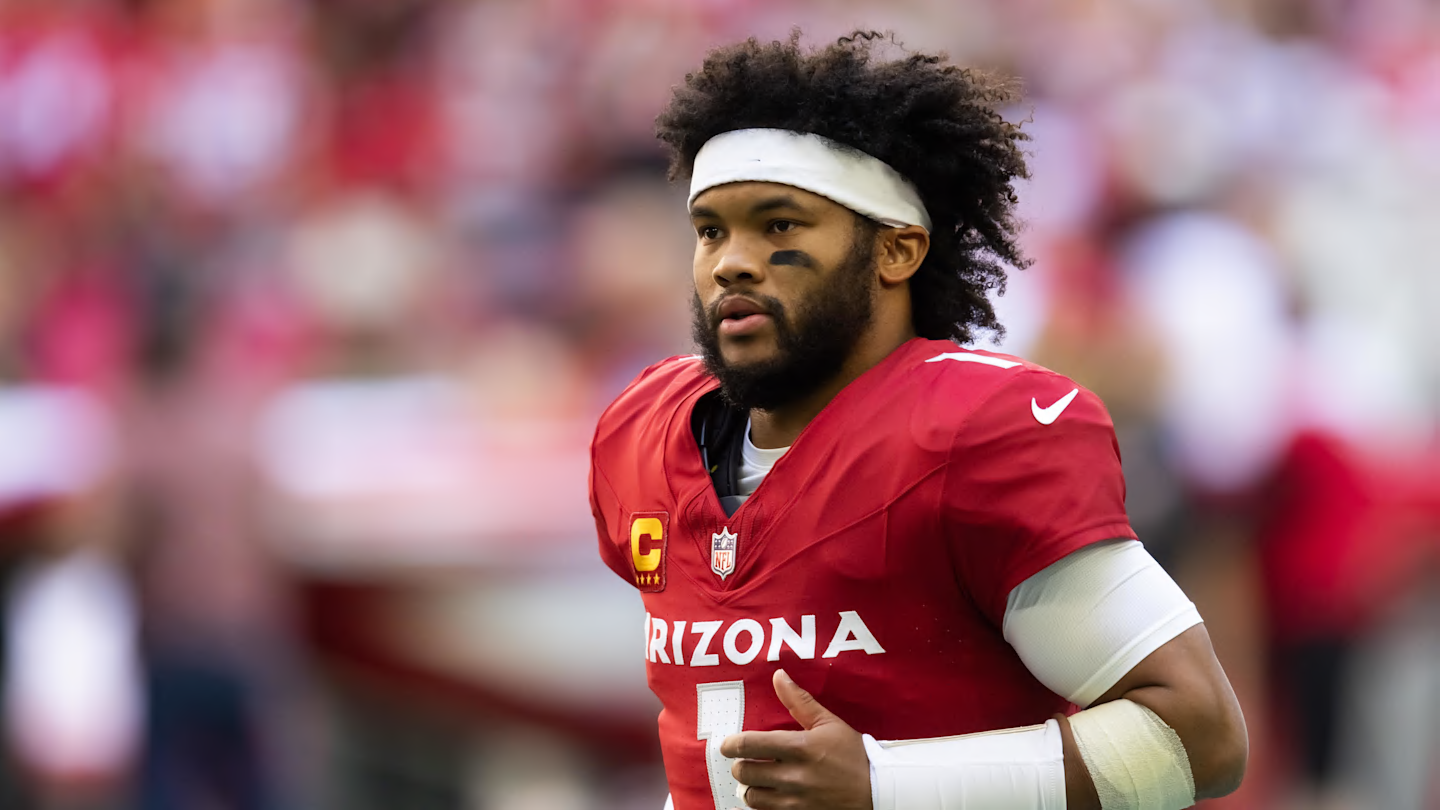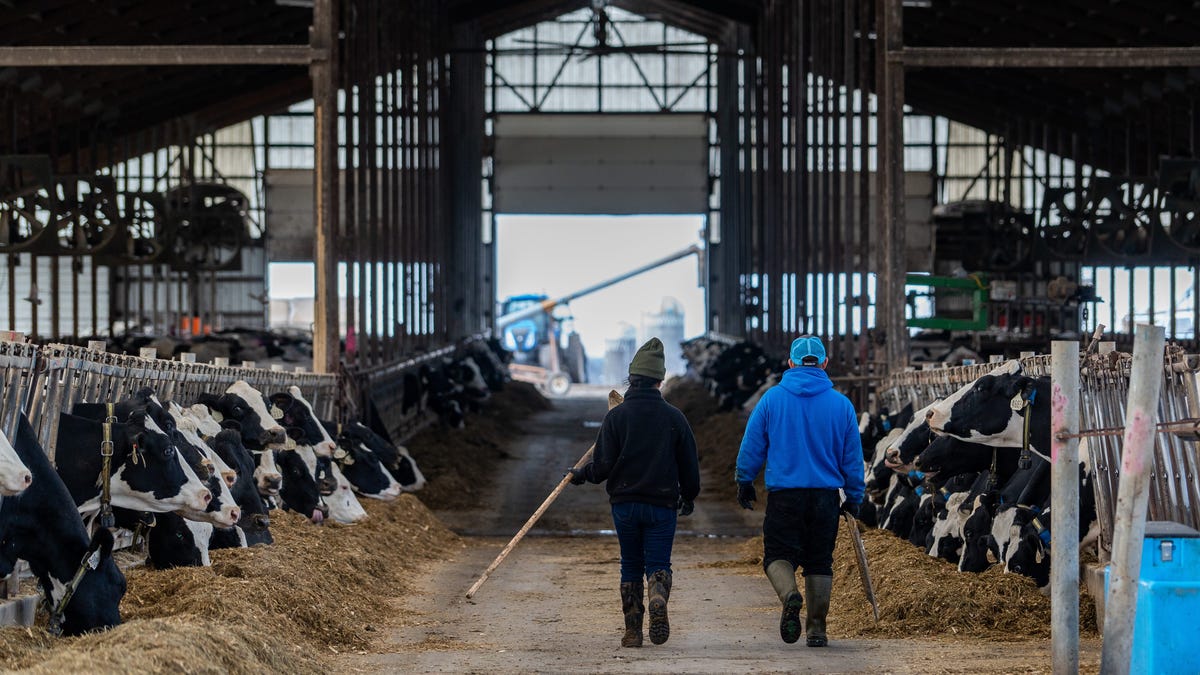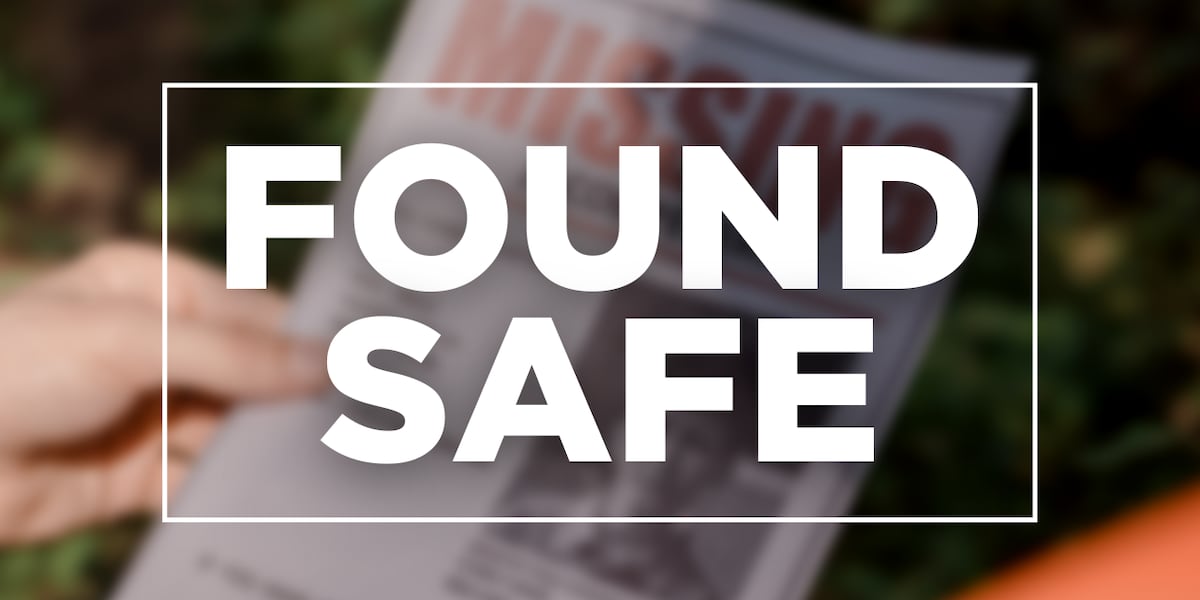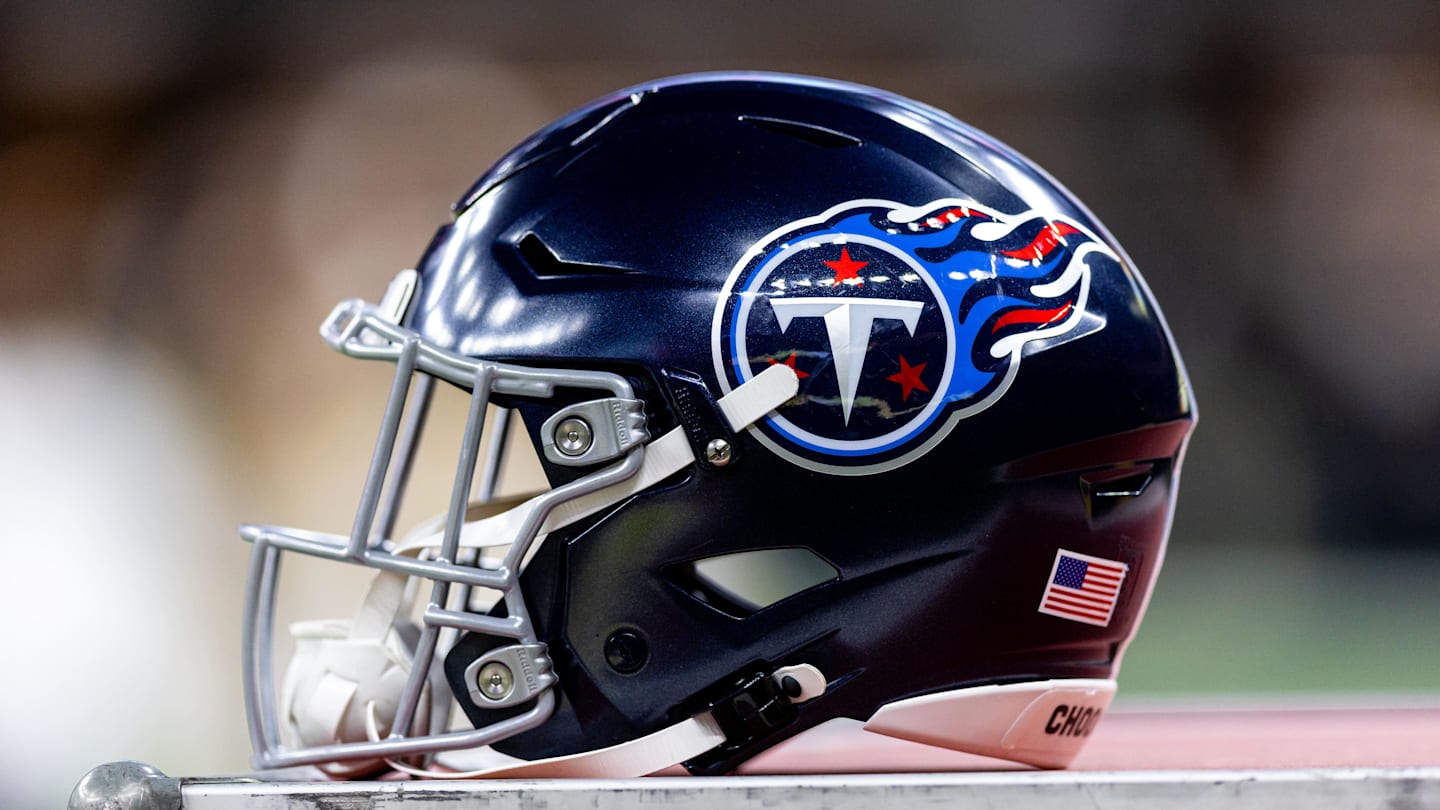Arizona
Study: Arizona job-quit rate second highest in country

Arizona
New Arizona law ensures state universities are competitive in NIL

A new law signed by Arizona Gov. Katie Hobbs last week authorizes the state’s four Division I universities to directly pay students for their name, image and likeness.
Senate Bill 1615, which went into effect on May 7, states that universities cannot classify athletes as employees.
The law also allows universities to engage with third-parties to “facilitate opportunities” to compensate athletes without enforcement from the NCAA or other governing bodies.
“The bill allows the university to partner with a third-party entity that is dedicated to secure deals beyond the university’s brand, creating more NIL opportunities for students,” Jason Corriher, Arizona senior associate athletic director for strategic communications, told Howard Fischer of Capitol Media Services.
The timing of the legislation comes as college athletic department await a ruling in the House vs. NCAA settlement. California federal judge Claudia Wilken is expected to approve a $2.8 billion settlement that would, among other things, allow schools to directly pay athletes a portion of an athletic department’s revenues, capped at $20.5 million, beginning July 1, 2025.
If the settlement is rejected, schools could still pay athletes directly if their state governments allow.
Braly Keller, director of collegiate services and insight for NIL firm Opendorse, praised the bill, saying on X that “Arizona quickly went from one of the shortest and more dated NIL laws to a robust policy.”
Arizona’s new #NIL law
•Schools can pay SAs directly
•3rd-party marketing arms allowed
•Athletes ≠ employees
•No FOIA access on payments
•Prevents NCAA/governing body enforcement
^ /Signed by Gov. on 5/7, effective immediately pic.twitter.com/Ar0CvfLUbZ
— Braly Keller (@BralyKeller) May 9, 2025
Arizona athletic director Desireé Reed-Francois championed a first-of-its-kind Missouri NIL bill in 2022 during her time as Mizzou’s AD. That bill allowed high school recruits to earn NIL as long as they sign with a school in the state.
Reed-Francois told the Arizona Daily Star’s Bruce Pascoe that the Arizona legislation will keep the state competitive in the evolving NIL landscape.
“SB 1615 ensures the University of Arizona has the tools and structure to remain nationally competitive in recruiting and retaining top student-athletes,” she said. “The bill provides greater clarity around the rights and protections of student-athletes engaging in NIL activity.”
The bill, which was sponsored by Sen. TJ Shope (R-Coolidge), gives universities at least one new way to raise money that can be shared with athletes: 50/50 raffles.
Arizona previously required that half the money raised through raffles be distributed to a pre-selected entity like a charity. Under the new law, universities can disperse raffle revenues to athletes.
For example, If Arizona Stadium holds a 50/50 raffle this fall and $100,000 are put in the pot, the Arizona athletic department can hold on to $50,000 and use it to pay athletes.
The raffle funds are an avenue for Arizona athletics to raise the $20.5 million that can be paid directly to students under the pending House settlement.
Arizona will spend most of the $20.5 million on football and men’s basketball players, with the remaining money going towards athletes in other sports.
Arizona
Arizona Becomes the 31st State With a Rare Disease Advisory Council

New State Council Will Help Shape Health Policies for Arizonans Living with Rare Diseases
PHOENIX, May 13, 2025 /PRNewswire/ — The National Organization for Rare Disorders (NORD®) celebrates a significant milestone for the rare disease community as Arizona Governor Katie Hobbs has signed House Bill 2380 into law, establishing the Arizona Rare Disease Advisory Council (RDAC).
This legislation, introduced by Representative Alma Hernandez, supported by the National Organization for Rare Disorders (NORD®) and patient organizations from Arizona and across the United States, brings new hope to rare disease patients across the state by ensuring a dedicated body to address their unique healthcare needs.
“The establishment of Arizona’s Rare Disease Advisory Council represents the power of grassroots advocacy and community collaboration,” said NORD Chief Executive Officer Pamela K. Gavin. “From passionate patients and dedicated clinicians to committed lawmakers, Arizonans came together with a unified voice to create meaningful change. NORD is immensely proud to have supported this community-driven initiative. This council will ensure that the unique challenges faced by rare disease patients and families in Arizona are not only heard but addressed through informed policy and dedicated action.”
“I am proud to have been able to work with the stakeholders and those living with rare diseases for the last two years to make this legislation possible,” said Representative Alma Hernandez. “It is time for Arizona to move the needle and find ways to support this community. This committee will allow for new recommendations for lawmakers to better support this community. I look forward to the first convening and the ability to learn from the experts in this field, improve the lives of others, and develop better policies to diagnose and treat Arizonans living with a rare disease.”
With the governor’s signature on May 12, Arizona becomes the 31st state with an RDAC. The council will include dedicated stakeholders from across the rare disease landscape, including physicians and other health care providers, patients, caregivers, researchers, and members of the pharmaceutical and insurance industries. The membership of the RDAC will reflect the unique geographical and population of Arizona.
“As both a rare disease patient and a provider for children with medically complex and rare conditions, I’m excited to see Arizonans gain a stronger voice in future policy,” said Melissa Meyer, DNP, a NORD volunteer. “My rare disease didn’t happen to me — it happened for me. It gave me the empathy to better support my patients and the inspiration to teach future nurse practitioners how to advocate. I’m deeply grateful for this journey and hopeful about the impact the RDAC will have.”
Arizona
3 Questions Cardinals Must Still Answer

ARIZONA — The Arizona Cardinals had a pretty successful offseason.
After missing the playoffs entirely following a 6-4 record and lead in the NFC West, figures such as GM Monti Ossenfort and HC Jonathan Gannon faced tough questions approaching a third pivotal season in 2025.
The Cardinals needed to improve – but how exactly should they do so?
With some of the highest cap space in the league, Arizona quickly went to work and signed big names such as Josh Sweat, Dalvin Tomlinson and Calais Campbell.
The 2025 NFL Draft saw the Cardinals snag names such as Walter Nolen and Will Johnson to begin festivities. Six of seven draft picks landed on that side of the ball with the offense’s lone representative coming in sixth-round offensive guard Hayden Conner.
While there still could be a move or two left in the tank, Ossenfort and co.’s job on the roster is mostly done.
Though the offseason can be overall considered a success, there’s still a few questions the Cardinals must face as training camp is nearly two months away:
1. What’s going on with the offensive line?
The Cardinals still don’t know what the right side of their offensive line will look like. Prior starter Will Hernandez is still recovering from an ACL injury and remains a free agent while the same could be said for right tackle Jonah Williams – though he’s still under contract with Arizona for one more season.
Are the Cardinals confident in Isaiah Adams to get the job done? Can Kelvin Beachum still play up to par?
2. Will Continuity Pay Dividends for Cardinals Offense?
Because the Cardinals opted to heavily invest in the defensive side of the ball, Arizona made no major changes or shakeups to their offense.
The Cardinals have been on record, numerous times, expressing their confidence in Kyler Murray and Drew Petzing to take steps in the right direction, though Arizona is still running it back with the same group of players that collapsed towards the second half of the season.
3. How Will Cardinals Handle Massive Depth at DL/CB?
These two position groups were previously considered to be a weakness in years past, though the Cardinals now have successfully bolstered both – to the point where a talented player in each room will be the odd man out.
It’s a good problem to have, though the Cardinals will have to be smart in terms of both identifying who should emerge as starters and who will be utilized on the 53 man roster.
-

 Austin, TX4 days ago
Austin, TX4 days agoBest Austin Salads – 15 Food Places For Good Greens!
-

 Education1 week ago
Education1 week agoIn Alabama Commencement Speech, Trump Mixes In the Political
-

 Technology1 week ago
Technology1 week agoBe careful what you read about an Elden Ring movie
-

 Culture1 week ago
Culture1 week agoPulitzer Prizes 2025: A Guide to the Winning Books and Finalists
-

 Technology6 days ago
Technology6 days agoNetflix is removing Black Mirror: Bandersnatch
-

 Education1 week ago
Education1 week agoUniversity of Michigan President, Santa Ono, Set to Lead University of Florida
-

 World6 days ago
World6 days agoThe Take: Can India and Pakistan avoid a fourth war over Kashmir?
-

 News6 days ago
News6 days agoReincarnated by A.I., Arizona Man Forgives His Killer at Sentencing



















